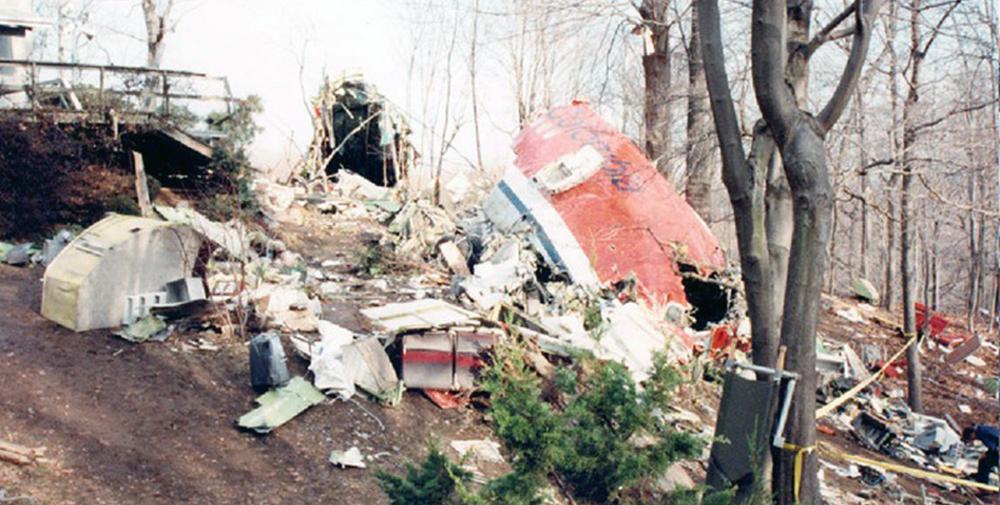
Most of the fuselage was found near Unionville, but the engines and parts of the tail section and left wing were found up to six miles (9.7 km) away from the main wreckage. near the location where the last radar target of Flight 11 had been seen. After referring to his navigation logs he estimated the flash to have occurred at 9:22 p.m. The aircraft commander saw a bright flash in the sky forward of and above his aircraft's position. A B-47 Stratojetbomber flying out of Forbes Air Force Base in Topeka, Kansas, was flying at the altitude of 26,500 ft (8,100 m) in the vicinity of Kirksville, Missouri.


Witnesses in and around both Cincinnati, Iowa and Unionville reported hearing loud and unusual noises at around 9:20 p.m., and two more saw a big flash or ball of fire in the sky. The fuselage of the Boeing 707, minus the aft 38 feet (12 m), and with part of the left and most of the right wing intact, struck the ground, headed westerly down a 10-degree slope of an alfalfa field. Following separation of the tail, the remaining aircraft structure pitched nose down violently, causing the engines to tear off, after which it fell in uncontrolled gyrations. The flight crew initiated the required emergency descent procedures and donned their smoke masks due to the dense fog that formed in the cabin immediately after decompression. an explosion occurred in the right rear lavatory, resulting in separation of the tail section from the fuselage. In the vicinity of Centerville, Iowa, the radar image of the aircraft disappeared from the scope of the Waverly, Iowa, Flight Following Service. The flight was routine until just before the Mississippi River when it deviated from its filed flight plan to the north to avoid a line of thunderstorms. Although airline policy is that once the doors are closed they are not to be reopened, the doors were reopened and Doty was allowed to board.įlight 11 departed O'Hare at 8:35 p.m. Doty arrived at the gate after the doors had been closed.


 0 kommentar(er)
0 kommentar(er)
